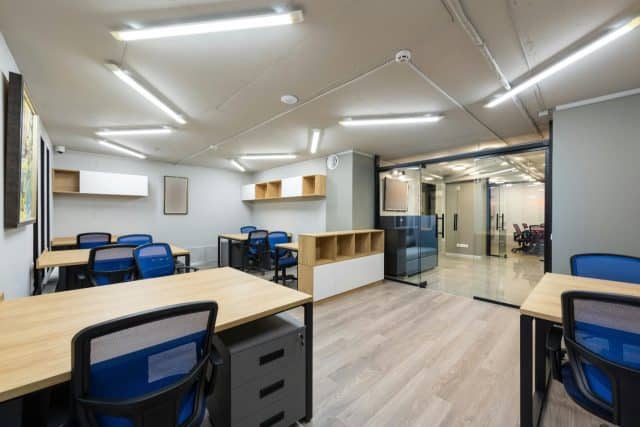Pros and Cons of Dental Veneers
Cosmetic dentistry isn’t just about teeth whitening and invisalign. Dental veneers are also a part of cosmetic dentistry. They are a great option for those looking to improve their smile. They come in handy for individuals who may have severely discolored teeth or teeth that are malformed or chipped.
But before you make the decision to get veneers, you will first need to see if you’re a good candidate for them. You’ll also need to weigh the pros and cons. This guide will inform you of several advantages and disadvantages of dental veneers to help you determine whether they’re the right fit.
Pros of Dental Veneers
A dentist in Cary, NC or another location can help you determine whether veneers are ideal for you. Moreover, you can check out the following pros to determine whether you can benefit from dental veneers:.
Here is a list of the pros of dental veneers:
Provides a Realistic Appearance
One of the biggest benefits of dental veneers is the realistic appearance they provide. This is one of the biggest reasons they have gained popularity. Porcelain is used to create veneers. Porcelain is similar to natural teeth in that it looks natural.
Instantly Whitens Your Smile
If you could use a little teeth whitening, you wouldn’t have to go through various teeth whitening treatments to achieve results. With dental veneers, you can enjoy the benefit of having instant white teeth.
The truth is, smoking cigarettes and drinking coffee can eventually turn your teeth different colors, either yellow or brown. And because veneers are mainly stain-resistant, there’s no need to worry about having your veneers whitened later on down the road.
Repairs Minor Cosmetic Issues
Dental veneers can repair cracks, chips, minor discoloration, and misalignment, in addition to gaps between your teeth. There are a variety of dental problems that veneers can help correct.
Veneers, when completed, will be attached to the surface of your teeth, which means they’ll never alter your teeth’ position. Moreover, dental veneers can cover up minor tooth issues. And while your natural teeth may still have gaps or be crooked, no one will ever know.
Restores Enamel That’s Been Damaged
It’s no secret that enamel is strong. However, this doesn’t mean that enamel cannot be destroyed. Moreover, the enamel on your teeth can become worn down by eating a lot of drinks and foods that are high in acid.
In addition, acid reflux produces a lot of stomach acid, which in turn can cause damage to your enamel. Eventually, it can create an issue since enamel doesn’t repair itself. The good news is that veneers are a great way to treat teeth that have damaged enamel.
Cons of Dental Veneers
Now let’s look at the cons of dental veneers:
Expensive
One of the biggest disadvantages of dental veneers is their high cost. Yet, the actual price you pay for them will depend on your location. Other factors that determine cost include the number of teeth you are looking to have repaired and the extent of damage.
However, one thing remains unchanged: they are expensive. On average, individuals pay close to $1,3000 for dental veneers. This is mainly because veneers are a type of cosmetic procedure. Many insurance companies do not cover cosmetic dental procedures. Yet, it’s still worth checking with your insurance policy for confirmation.
Non-reversible
Another disadvantage of dental veneers is that they are non-reversible. This means that once you make the decision to have veneers put on your teeth, this decision cannot be undone.
One thing to remember is that you may need to have your veneers replaced in the future, as they typically only last 10 years. In addition, you can choose a different option instead of veneers for tooth restoration.
Increase in Sensitivity
Finally, dental veneers cause some individuals to experience an increase in tooth sensitivity following the procedure. It’s possible to feel sensitive to cold or hot foods and drinks for the first several days after the procedure. This typically goes away on its own.










